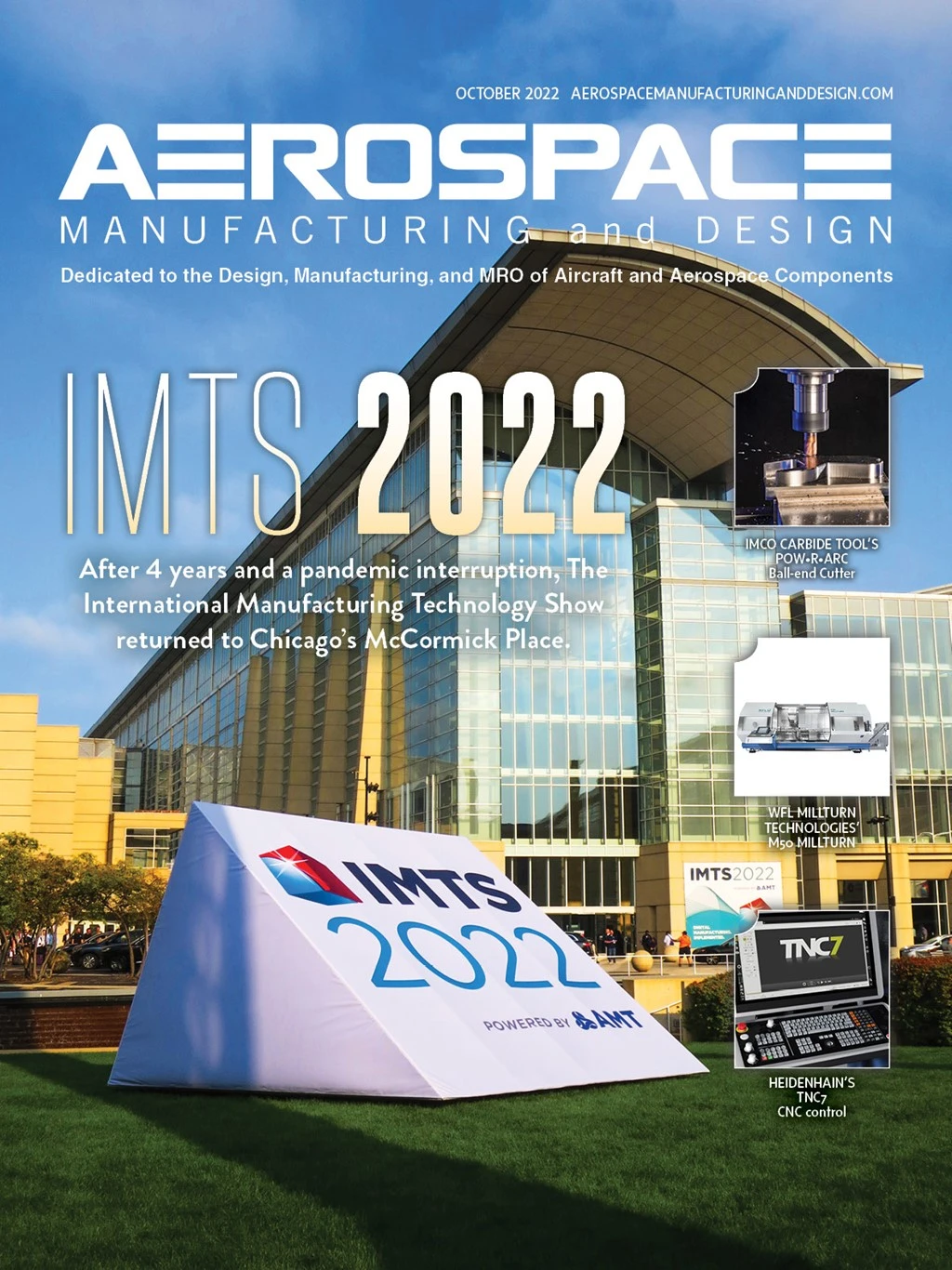
European project AMU-LED is carrying out testing to manage airspace traffic, and check the safety, interoperability, and feasibility of advanced air mobility (AAM). The first trial takes place at Cranfield University, UK, followed by trials in the Netherlands and Spain.
Soon, city-dwellers can expect a variety of unmanned aerial systems (UAS) in their airspace, transporting patients to hospitals, helping tackle fires, or simply delivering parcels. This vision of urban air mobility (UAM), making use of different UAS, will help people travel faster and more efficiently with unmanned air taxis, and researchers say it will happen in a few years.
Testing scenarios in urban environments
An enabler for UAM is U-space, an air traffic management framework enabling safe and secure integration of drones based on high levels of digitalization and automation.
The system’s more automated than current air traffic control, with less human interaction and the capacity to handle more flights simultaneously.
The AMU-LED project is a very large-scale demonstration (VLD) project funded by the SESAR Joint Undertaking under the European Union’s (EU) Horizon 2020 research and innovation program. AMU-LED will demonstrate the safe integration of manned and unmanned aircraft through U-space, with the goal of realizing increasingly sustainable smart cities. A key step is performing flight demonstrations in urban environments.
The project uses large electrical vertical take-off and landing (eVTOL) platforms for passenger and cargo transport, combined with smaller UAS performing delivery of goods and medical supplies, surveillance, or support for emergency services in demos.
The different locations allow testing the most efficient way to exchange information between actors. The project also tests two concepts for unmanned traffic management architectures. Exchanged data includes real-time tracking data about the drone’s position; conflict avoidance prior to and during flight; and provision of weather and communication, navigation, and surveillance (CNS) data.
Project ready for take-off
“After having carried out an impressive amount of work, where our consortium devised and implemented cutting edge concepts of operations for UAM, prepared futuristic yet round-the-corner use cases such as air commute shuttle or last-mile parcel delivery, and integrated innovative unmanned traffic management services, at last we are ready for take-off,” says Pablo Menéndez-Ponte Alonso, project leader UTM of NTT DATA Spain that coordinates the European consortium of 17 different entities taking part in the AMU-LED project. There were six demonstrations throughout summer 2022: Cranfield (UK), Amsterdam (NL), Enschede (NL), Rotterdam (NL), and Santiago de Compostela (SP). Throughout these demonstrations the project team gathered data to enable the project to draw results for the further development of U-space, providing information on the most efficient way U-space can enable UAM while providing a safe, impactful, and viable solution for smart cities.

Explore the October 2022 Issue
Check out more from this issue and find your next story to read.
Latest from Aerospace Manufacturing and Design
- Electra raises $115M to pioneer Ultra Short aircraft
- Walter’s WT26 partial- and full-profile thread turning inserts
- April Manufacturing Lunch + Learn with Iscar
- April Manufacturing Lunch + Learn with Insaco
- Archer unveils vision for New York air taxi network
- Siemens launches its machine tool digitalization software portfolio MACHINUM in the US
- #58 - Manufacturing Matters - 2024 Metrology's Latest Advancements with Starrett
- Strategies to improve milling and turning for medical components





